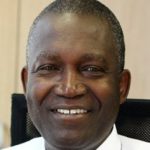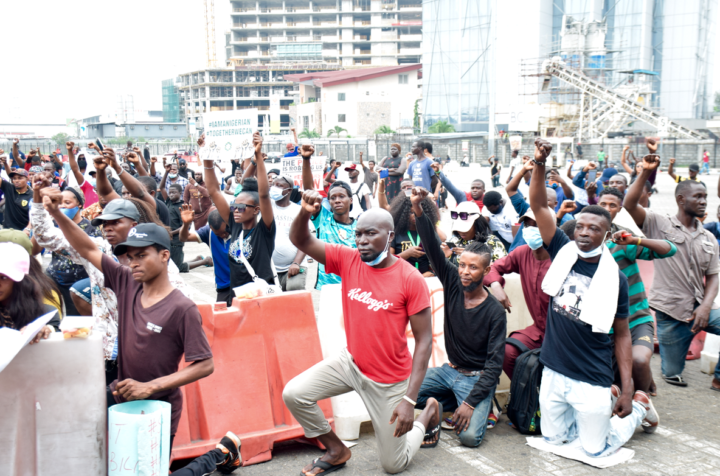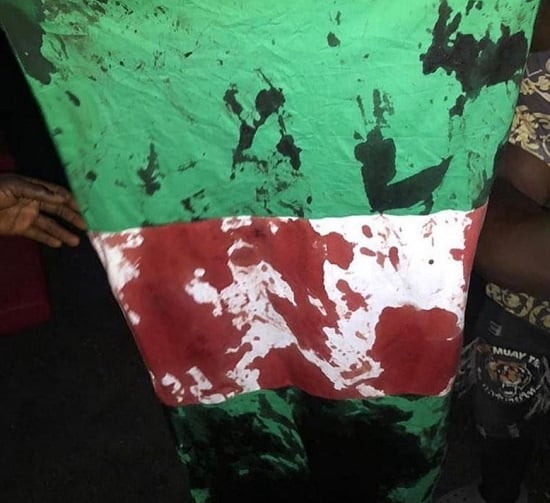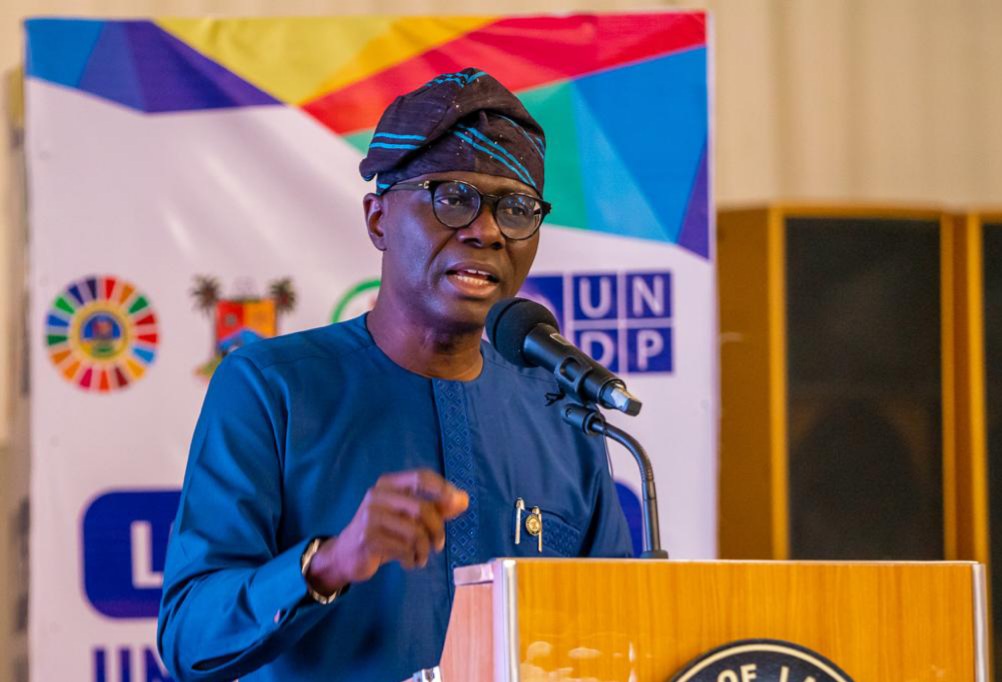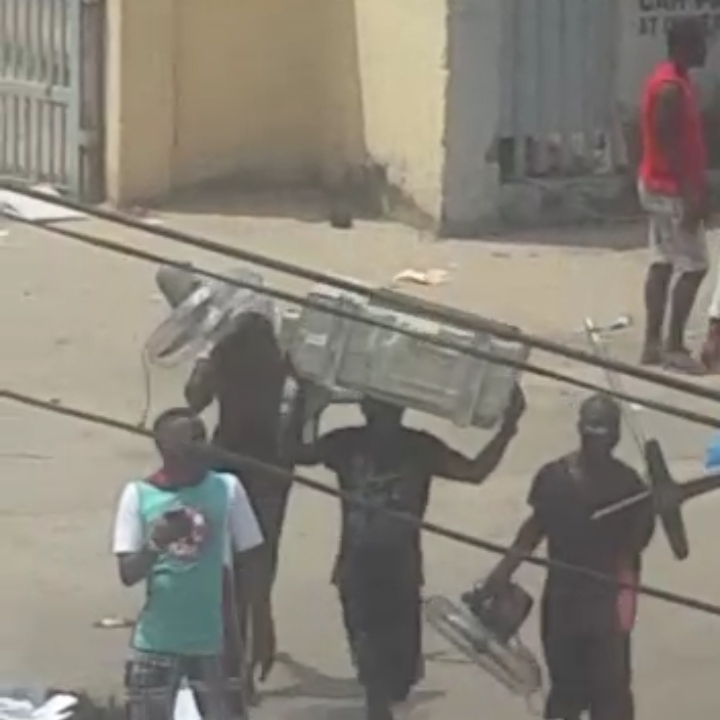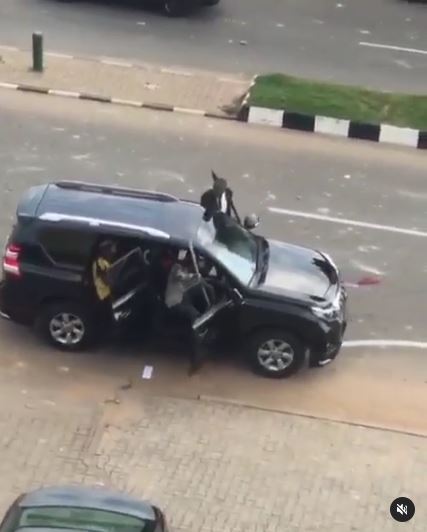For several days, I have been part of the millions of people across the world who watched, exchanged and commented on or initiated videos, photos, and read texts, articles on #ENDSARS protests in Nigeria and many places.
LekkiToll Gate in Lagos stood out. It was one of the earliest sites of the protests. Lekki area in Lagos is known for its large youthful population. It attracts the young upward mobile, new rich, struggling, celebrities and entrepreneurs. There are also those people who want to be identified with novelty, and parents who want their children to be close to where the actions are. It has residential, businesses and leisure places, all mixed into often indistinct communities.
Lekki, often a short label used to name many disjointed places around Lagos Island, has provided a territorial expansion for the rather small Island that got choked with economic and social growth over many years.
As was observed in the past few days, Lekki has become a haven of social and political activism, not only a place for so-called youth who want to enjoy life. The young people from Lekki and the rich and poor areas around it became the signposts of #ENDSARS campaign that has put Nigeria under immense pressure. These young people became arrow heads of unprecedented campaign to end police brutality and poor governance.
Advertisement
The group of #ENDSARS protesters at LekkiToll Gate created an atmosphere. They ate, danced, gave political speeches all day long and even late at nights. They prayed, preached, worshipped. They organized services for food and refreshments, physical exercise and relaxation, medical and counseling services and security. They raised funds, disbursed and accounted for them. They made revolutionary statements, screamed obscenities, issued threats – all things that young, vibrant people do.
It was all peaceful. The campaigners showed that it was possible to be angry, noisy, emotional and yet stay calm and non-violent.
In several parts of Nigeria, #ENDSARS protesters also carried out activities. Many of the protesters were controlled and peaceful. In some other places, protesters were confused with interlopers, hustlers, hoodlums and hungry people who for their various reasons exploited the protests. There were allegations of cases of sponsored hooligans who attacked and robbed people, committed arson to the chagrin of many Nigerians and the genuine protesters. The violence sometimes generated other violent reactions, and chains of violence grew across the country.
In contrast to the places that witnessed violence, throughout the days of protest, the Lekki Toll Gate site remained peaceful, steadfast, focused, determined to achieve its objectives. Lekki became a new symbol of young people’s organizational and agenda-led capability for initiating change. It would try the patience of Lagos State Governor Jide Sanwo-Olu who worked relentlessly to seek compromises and solutions, though with limited success.
Advertisement
The protest at Lekki prevented vehicular and human traffic flow; it disturbed normal life considerably, but it did not become a fighting site, nor did it become a place for heinous acts.
It all fell apart on Tuesday, October 20, 2020. Firstly, a poorly planned 24-hour curfew imposed by Lagos State government gave little time for people to get home. Then as night fell, the usual lights and CCTV in the area were turned off. In the abnormal situation, military forces moved in and shot at protesters with what appeared and sounded like heavy military guns. It is not yet known how many people died or were injured. The civil and peaceful disobedience should not have earned protesters a long-term imprisonment, not even a life sentence. But they got fired on, condemned to death.
Is it the way to handle peaceful protests?
The incident at Lekki Toll Gate introduced a discomforting dimension to peaceful protests in Nigeria. It questions the integrity of its democratic practice built on 60 years of post-independence experience. No government should turn its armory against its own people, least of all its young people engaged in peaceful demands for change.
Advertisement
At this time, there are several investigative panels and committees looking into various aspects of the protests and actions taken by governments and security forces. It is critical that their work be done speedily, blame and punishment be apportioned, and remedies be applied. The main and initial focus on #ENDSARS an demands made by protesters should not be buried in the melee of issues – the protesters should reorganize and develop new tactics to attain their goals.
On 16 June 1976, South African policemen of the apartheid regime shot at students who took part in the Soweto Uprising and killed 13-year old student Hector Pieterson. The photo of wounded Hector carried by another student with his sister running alongside became a symbol of resistance. The incident radicalized South Africans who were against their oppressive regime. It increased the insurgency by militant students and young activists who sabotaged the government within. Many of the students left the country to join African National Congress’ uMkhonto We Sizwe (the armed wing).
Here and now, Lekki Toll Gate and the various images and photos online stand out as embodiment of the new generation of young Nigerians desiring peaceful change, facing an ill-prepared security apparatus of an odious, inefficient government.
Bunmi Makinwa is the CEO of AUNIQUEI Communication for Leadership
Advertisement
Advertisement
Views expressed by contributors are strictly personal and not of TheCable.
